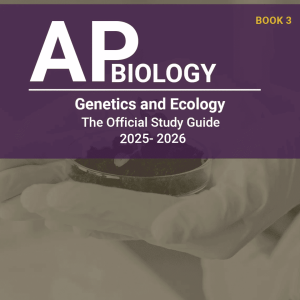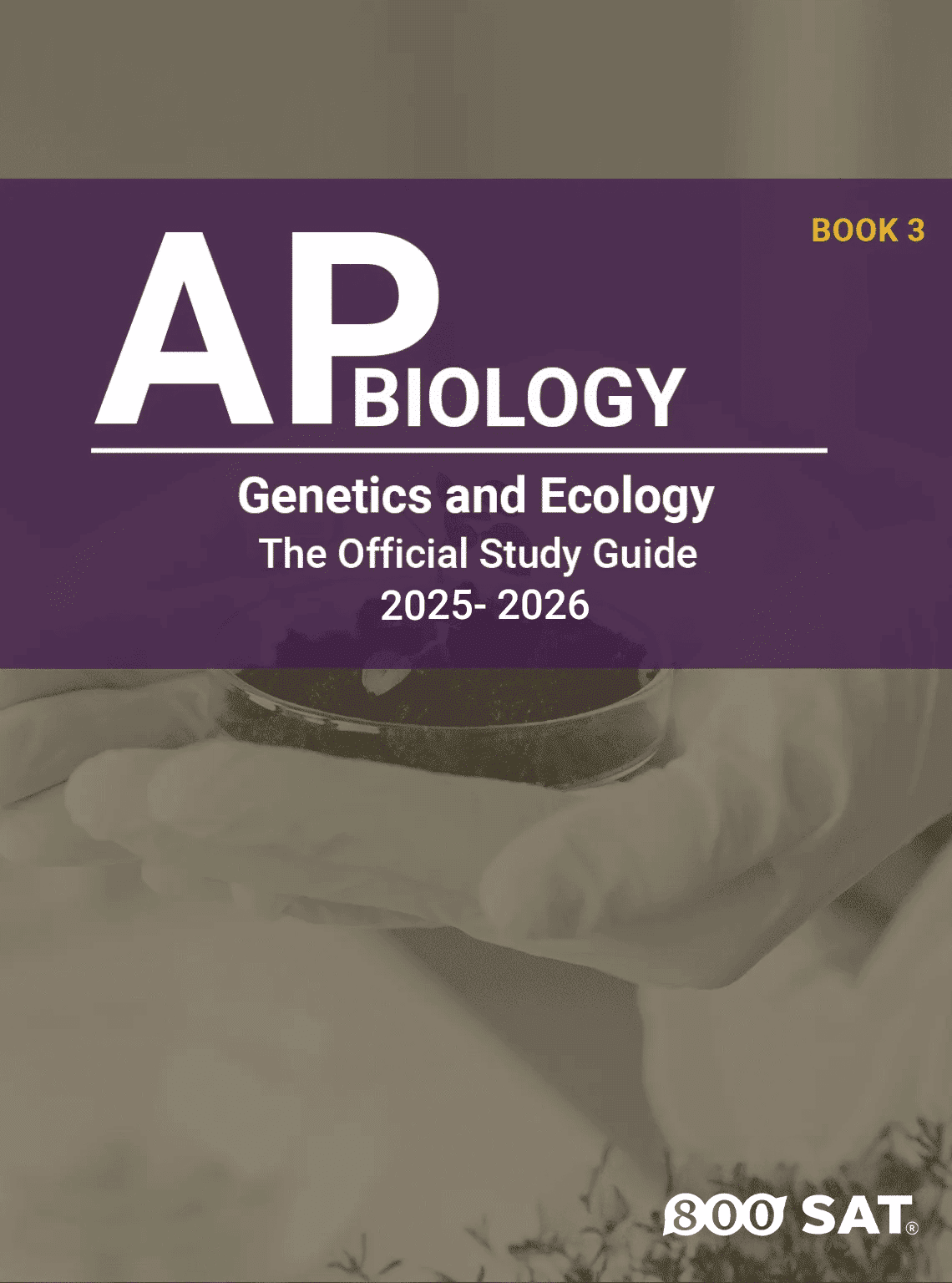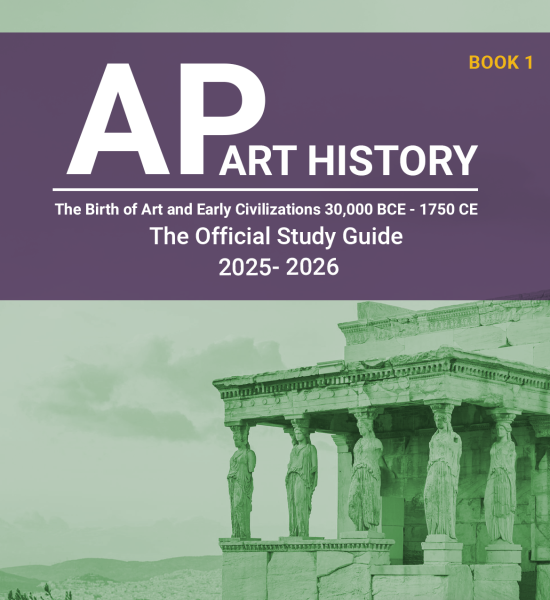AP Biology Book 3: Genetics and Ecology

The AP Biology Book 3: Genetics and Ecology is an easy-to-understand guide that helps you grasp key concepts in genetics and ecology. The book is divided into four main sections, each focusing on important topics you need for the AP Biology exam. As you read, you’ll see how different ideas connect, making it easier to understand both genetics and ecology.
What You’ll Learn in AP Biology Book 3: Genetics and Ecology
1. Heredity in Genetics
The first section explains how traits are passed from one generation to the next:
- Mendelian Genetics: You’ll start with the basics of how traits like eye color are inherited.
- Non-Mendelian Genetics: You’ll also learn about more complex patterns of inheritance that don’t follow simple rules.
- Human Inheritance: You’ll find out how genetic traits and disorders are passed down in families and how to read family trees (pedigrees).
- & Related Topics: You’ll explore other topics like genetic disorders and sex-linked traits.
2. Gene Expression in Genetics
The second part covers how genes work inside cells:
- DNA Structure and Replication: First, you’ll learn about the shape of DNA and how it copies itself during cell division.
- Protein Synthesis: Then, you’ll see how DNA’s instructions are used to make proteins, which are essential for life.
- Gene Expression Regulation: You’ll also find out how cells control which genes are active, which affects how an organism grows and functions.
- & Related Topics: Other topics include gene mutations and advancements in genetic engineering.
3. Natural Selection in Evolution
The third section explains how species change over time:
- Natural Selection and Evolution: You’ll learn how certain traits help organisms survive and reproduce, leading to evolution.
- Population Genetics: You’ll see how the frequency of genes in a population changes due to natural selection and other factors.
- Evidence of Evolution: You’ll look at proof of evolution, like fossils and genetic similarities between species.
- Speciation and Origin of Life: Finally, you’ll explore how new species form and learn about theories on how life began on Earth.
4. Ecology and Biodiversity
The last section focuses on how organisms interact with their environment:
- Responses to Environmental Changes: You’ll learn how organisms adapt to changes in their surroundings.
- Energy Flow in Ecosystems: You’ll see how energy moves through an ecosystem, from plants to animals to decomposers.
- Population and Community Ecology: You’ll understand how populations grow and interact within communities, including competition and cooperation.
- Biodiversity Conservation: Lastly, you’ll learn why biodiversity is important and what we can do to protect it.
Why This Guide is Helpful:
AP Biology Book 3: Genetics and Ecology is a valuable resource for anyone studying genetics and ecology. It explains complex topics in simple language, with clear diagrams and practical exercises to help you learn. Whether you’re getting ready for an exam or just want to know more about biology, this guide makes learning easier and more enjoyable.
Course Features
- Lectures 16
- Quizzes 13
- Duration 52 weeks
- Skill level All levels
- Language English
- Students 563
- Assessments Yes
- 4 Sections
- 16 Lessons
- 52 Weeks
- AP Biology Unit 5: HeredityIn this part; you will study: Rules of inheritance and how to find the right probability for a specific traits in the next generations or the ones before..6
- AP Biology Unit 6: Gene Expression9
- 2.1DNA and DNA Replication
- 2.2Protein Synthesis Part 1: Transcription and RNA processing
- 2.3Protein Synthesis Part 2: Translation
- 2.4Mutations
- 2.5Regulation of Gene Expression
- 2.6DNA and Biotechnology
- 2.7AP – Gene Expression Assessment 145 Minutes22 Questions
- 2.8AP – Gene Expression Assessment 260 Minutes30 Questions
- 2.9AP – Gene Expression Assessment 340 Minutes20 Questions
- AP Biology Unit 7: Natural Selection7
- 3.1Evolution: Evidences and theories
- 3.2Speciation – Origin of Life
- 3.3Chi square – H.W equilibrium
- 3.4AP Biology – Natural Selection Assessment 160 Minutes25 Questions
- 3.5AP Biology – Natural Selection Assessment 245 Minutes30 Questions
- 3.6AP Biology – Natural Selection Assessment 330 Minutes20 Questions
- 3.7AP Biology – Natural Selection Assessment 445 Minutes30 Questions
- AP Biology Unit 8: Ecology7









